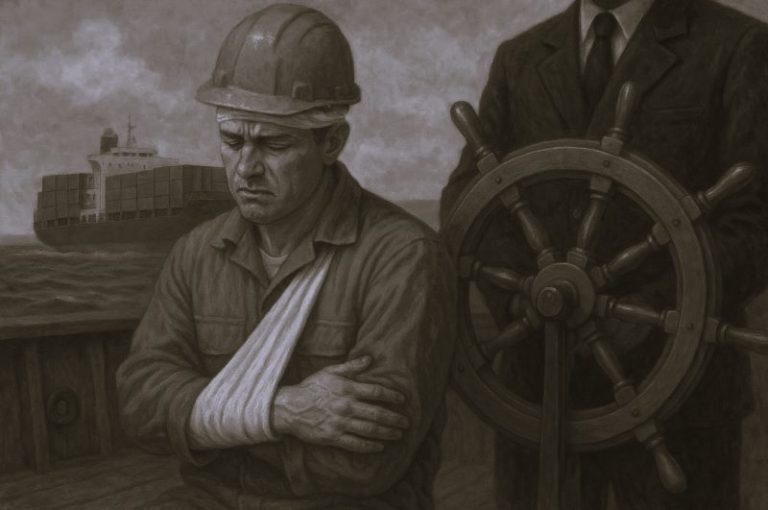
Have you ever looked at your bed and wondered how beds have evolved over the years? Chances are, you probably haven’t. Regardless, the bed you sleep on today looks very different from the more archaic mattresses that people from the stone ages were accustomed to using.
Before you fall into a deep slumber tonight, climb into a virtual time machine with me and let’s look back at the very storied past of the mattress.
Mattresses During The Neolithic Period
Way back before you were around to even catch forty winks, the bed that people in the Neolithic era chose to rest on was slightly higher than the floor with a mattress created by a pile of leaves and animal hides. Imagine that! The leaves, however, assisted in possibly protecting the people from bugs.
The Years Before Christ
In different countries, diverse types of beds were used. In Rome, bed bases were made from metal. The mattress on the other hand was woven from straw or in some cases was an amalgamation of feathers.
These were the beds that rich people enjoyed sleeping on. The poorer people in Rome slept on bed bases made with wood. Woolen blankets were thrown over these types of beds throughout Rome.
Early Egyptians’ idea of beds was palm boughs. Thereafter the Egyptians thought of making beds higher. The commoners of Egypt slept on wooden beds while the richer Egyptians had beds covered in gold. Stone was used as a pillow during that time. Not even the Pharaohs of the past complained about this. Persians had goat skins filled with water as their beds,
Meanwhile, European beds were aligned with individual status. Richer citizens had ornamental beds which often included fancy elements such as gold additions to indicate their status. Four-poster beds became a fad and oftentimes included velvety drapes that hung from the four posters.

During the 18th Century
During the early 18th century mattresses became higher quality thus improving the quality of sleep, and life. This is when we started seeing mattresses stuffed with cotton or wool for a more gentle sleep.
The latter part of the 18th century meant improved quality cotton or linen mattress. By the year 1865, the first coil spring mattresses were constructed.
In 1871 an invention that never gained a high reputation or profit was the one invented by Heinrich Westphal. Heinrich invented the innerspring mattress.
Thereafter more innovators hopped onto the mattress creation bandwagon. Two years later in 1873, a waterbed was created by Sir James Paget. The waterbed was made to be a treatment type of bed for people who suffered from ulcers. By 1895 diverse types of waterbeds were being sold publicly, some bearing a striking resemblance to the hot water bottle.
Simmons Bedding was founded in 1870 and is one of the oldest mattress stores and manufacturers in the United States.
Mattresses In The 19th Century
This is the point where we start seeing the types of beds that we’re used to. The box spring bed came into the spotlight during the latter part of the 19th century. By 1904 more inventive and sophisticated mattresses came about. By 1929 the most expensive mattresses ever had been created from latex rubber.
1930 saw innerspring mattresses. Thereafter foam mattresses were made and introduced to the world. The same foam mattresses that we all know quite well. After which the appearance of the higher quality waterbed appeared.
From 1990 to Today
During this period, the more modernized beds were developed. Mattresses expanded in size in order to promote the idea of sleeping better and more comfortably.
Queen-sized mattresses became the highly popular mattress type of choice with more people opting for this mattress size. The year 2000 saw a revolutionary breakthrough in mattress inventions. More contemporary designed mattress types became the order of the day.
Newer memory foam mattresses were designed to ensure maximum comfort. The traditional luxury latex mattresses were also redesigned and improved. Visco-elastic foam slowly became the preferred mattress choice in ears thereafter.
After tracing the entire history of the mattress, perhaps a yawn reaches your mouth. Now before you fall into a dreamy sleep on your comfortable mattress, think of how grateful you are to the bed companies that improved your sleeping pleasure.







